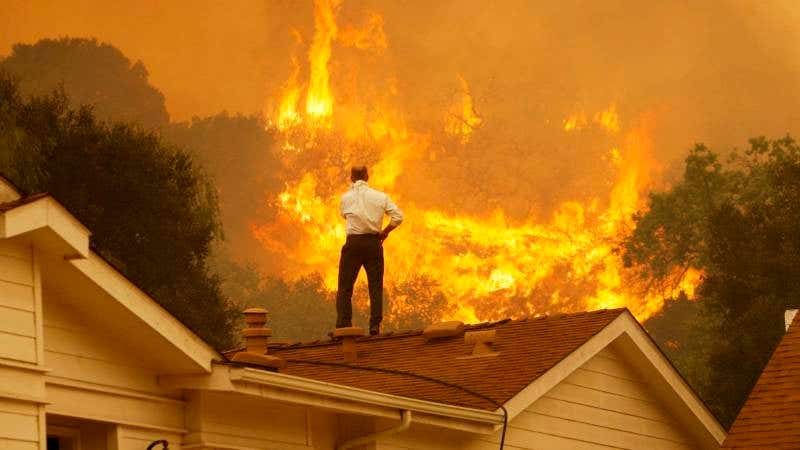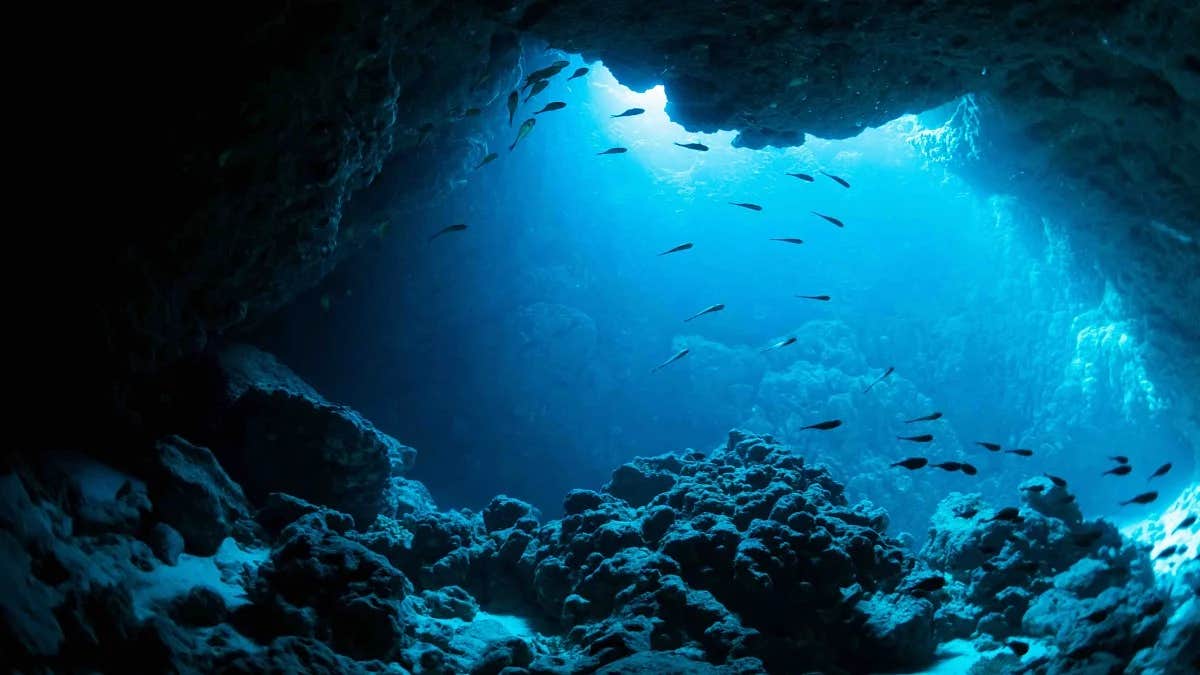Lifesaving new gel significantly improves wildfire protection for homes and communities
Researchers have developed a water-enhancing gel that could be sprayed on homes and critical infrastructure to help keep them from burning during wildfires.

Wildfires are becoming more frequent, intense, and longer-lasting, wreaking havoc on communities and the environment. (CREDIT: David McNew/Getty Images)
As climate change drives hotter, drier conditions, wildfires are becoming more frequent, intense, and longer-lasting, wreaking havoc on communities and the environment. The need for innovative solutions to combat these devastating fires is more urgent than ever.
Researchers at Stanford have developed a promising new water-enhancing gel that offers significantly better protection against wildfires. Unlike existing commercial gels, which dry out within 45 minutes under typical wildfire conditions, this new gel provides longer-lasting protection.
Eric Appel, associate professor of materials science and engineering at Stanford, who led the research, explained, "We’ve developed a gel that would have a broader application window—you can spray it further in advance of the fire and still get the benefit of the protection—and it will work better when the fire comes."
Water-enhancing gels are made from super-absorbent polymers, similar to those found in disposable diapers. When mixed with water and sprayed onto a surface, these gels create a gelatinous barrier that clings to the exterior, forming a protective shield. However, the extreme dryness and high temperatures near wildfires can cause these gels to evaporate quickly, reducing their effectiveness.
The Stanford team’s gel addresses this issue by adding silica particles to the formula. These particles remain after the gel is exposed to heat, creating a protective aerogel layer. As the lead author, Changxin “Lyla” Dong, described, “We have discovered a unique phenomenon where a soft, squishy hydrogel seamlessly transitions into a robust aerogel shield under heat, offering enhanced and long-lasting wildfire protection.”
When exposed to fire, the gel’s water evaporates, and the cellulose burns off, leaving behind silica particles that assemble into a foam. This foam acts as a highly insulative aerogel, scattering heat and protecting the underlying surface. Similar silica aerogels are used in space applications due to their lightweight nature and excellent insulation properties.
To test the effectiveness of their gel, the researchers applied different formulations to plywood and exposed them to the direct flame of a gas hand-torch, which burns at a higher temperature than a typical wildfire. The most successful formulation protected the plywood for over seven minutes before it began to char, while a commercially available gel lasted less than 90 seconds under the same conditions.
Related Stories
"Traditional gels don’t work once they dry out," Appel noted. "Our materials form this silica aerogel when exposed to fire, continuing to protect the treated substrates after all the water has evaporated."
The development of this new gel was somewhat serendipitous. Appel and his team had previously worked on a similar gel in 2019, which was designed to hold wildland fire retardants on vegetation for extended periods to prevent ignition. In the course of that research, the team discovered the unique behavior of the gel when exposed to direct flames.
"This new development was somewhat serendipitous—we were wondering how these gels would behave on their own, so we just smushed some on a piece of wood and exposed it to flames from a torch we had laying around the lab," Appel said.
After several years of optimization, the gel is now stable in storage, easily sprayable with standard equipment, and adheres well to various surfaces. Made of nontoxic components approved by the U.S. Forest Service, the gel is also environmentally friendly, breaking down easily in soil.
As Appel expressed, "There may need to be additional optimization, but my hope is that we can do pilot-scale application and evaluation of these gels so we can use them to help protect critical infrastructure when a fire comes through."
This innovative gel represents a significant advancement in wildfire protection, offering hope for better safeguarding communities and the environment against increasingly destructive fires.
Note: Materials provided above by The Brighter Side of News. Content may be edited for style and length.
Like these kind of feel good stories? Get The Brighter Side of News' newsletter.



